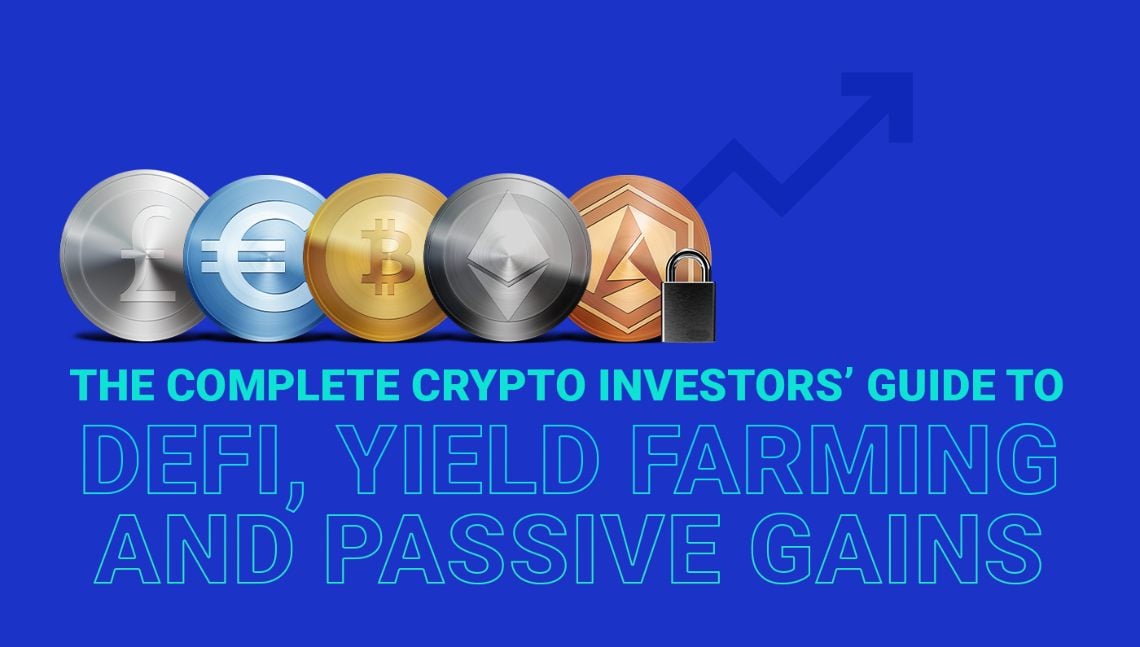Stepping Into The Wild West Of Crypto: A Beginner’s Guide To Navigating The Risks Of DeFi Yield Farming
Stepping into the Wild West of Crypto: A Beginner’s Guide to Navigating the Risks of DeFi Yield Farming

- Stablecoins: A Shield Against Crypto Market Turbulence
- Dodging The Fee Trap: Insider Tips To Slash Your Crypto Trading Costs
- Strengthening The Foundations Of Crypto Security A Guide To Safeguarding Your Blockchain Transactions
- The Future Of Financial Protection: Decentralized Finance Insurance Takes Center Stage
- What Is Proof Of History And How Does It Secure Blockchain Networks
Imagine a world where your money grows like a snowball, gaining momentum and size with each passing day. Sounds too good to be true? Welcome to the world of DeFi yield farming, where crypto enthusiasts are flocking to earn juicy returns on their investments. But, beware, this exciting landscape is not for the faint of heart. DeFi yield farming comes with high-octane risks that can wipe out your portfolio in a flash.
Understanding the Allure of DeFi Yield Farming
For those new to the game, DeFi yield farming is a relatively new phenomenon that has taken the crypto world by storm. It’s a strategy where investors lend or lock their cryptocurrencies or tokens to a DeFi protocol, such as a lending platform, decentralized exchange (DEX), or liquidity pool. In return, they receive interest or a percentage of the protocol’s transaction fees, known as yields. The idea is to generate passive income by "farming" yields from your crypto assets.
The High-Risk World of DeFi Yield Farming
While the promise of high returns is tantalizing, DeFi yield farming is fraught with risks. Here are some of the dangers lurk in the shadows:
- Smart Contract Risks: DeFi protocols rely on complex smart contracts that execute trades and transactions automatically. However, a faulty or hacked contract can result in catastrophic losses. Think of it like playing with fire: a single misstep can burn your entire portfolio.
- Liquidity Risks: DeFi protocols require a constant flow of liquidity to function. If liquidity dries up, your assets may become stuck, making it impossible to withdraw or trade them. This can lead to significant losses or even complete loss of your investment.
- Volatility Risks: Cryptocurrencies are notoriously volatile, and DeFi yield farming amplifies this risk. Sudden price swings can decimate your yields or even wipe out your principal investment.
- Regulatory Risks: DeFi operates in a regulatory gray area, which can lead to unexpected crackdowns or changes in laws and regulations. This can result in your assets being frozen or confiscated.
- Protocol Risks: DeFi protocols are still in their early days, and many are untested or experimental. This means that there’s a high risk of protocol failures or instability, which can lead to losses.
Mitigating the Risks: Strategies for DeFi Yield Farmers
While the risks are significant, there are ways to navigate this high-risk world:
- Diversification: Spread your investments across multiple DeFi protocols and strategies to minimize risk.
- Due Diligence: Research the protocol’s underlying smart contract, security measures, and liquidity pool before investing.
- Liquidity Management: Monitor liquidity levels and adjust your strategy accordingly to avoid getting stuck.
- Volatility Management: Use hedging strategies or set stop-losses to mitigate the impact of sudden price swings.
- Regulatory Compliance: Ensure that you comply with all relevant laws and regulations to avoid any issues.
DeFi yield farming can be a siren’s song, luring investors with promises of high returns and effortless wealth. However, beneath the surface lies a complex web of risks that demand attention and caution. By understanding the dangers and taking steps to mitigate them, you can increase your chances of success in this high-stakes world. Remember, DeFi yield farming is not for the faint of heart – it’s a high-risk, high-reward game that requires skill, strategy, and a healthy dose of caution.
